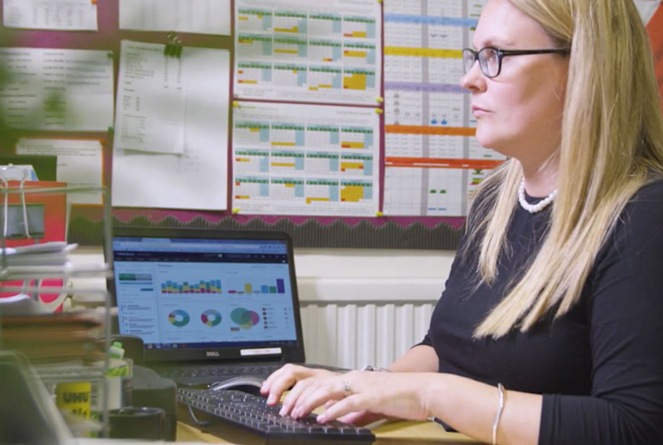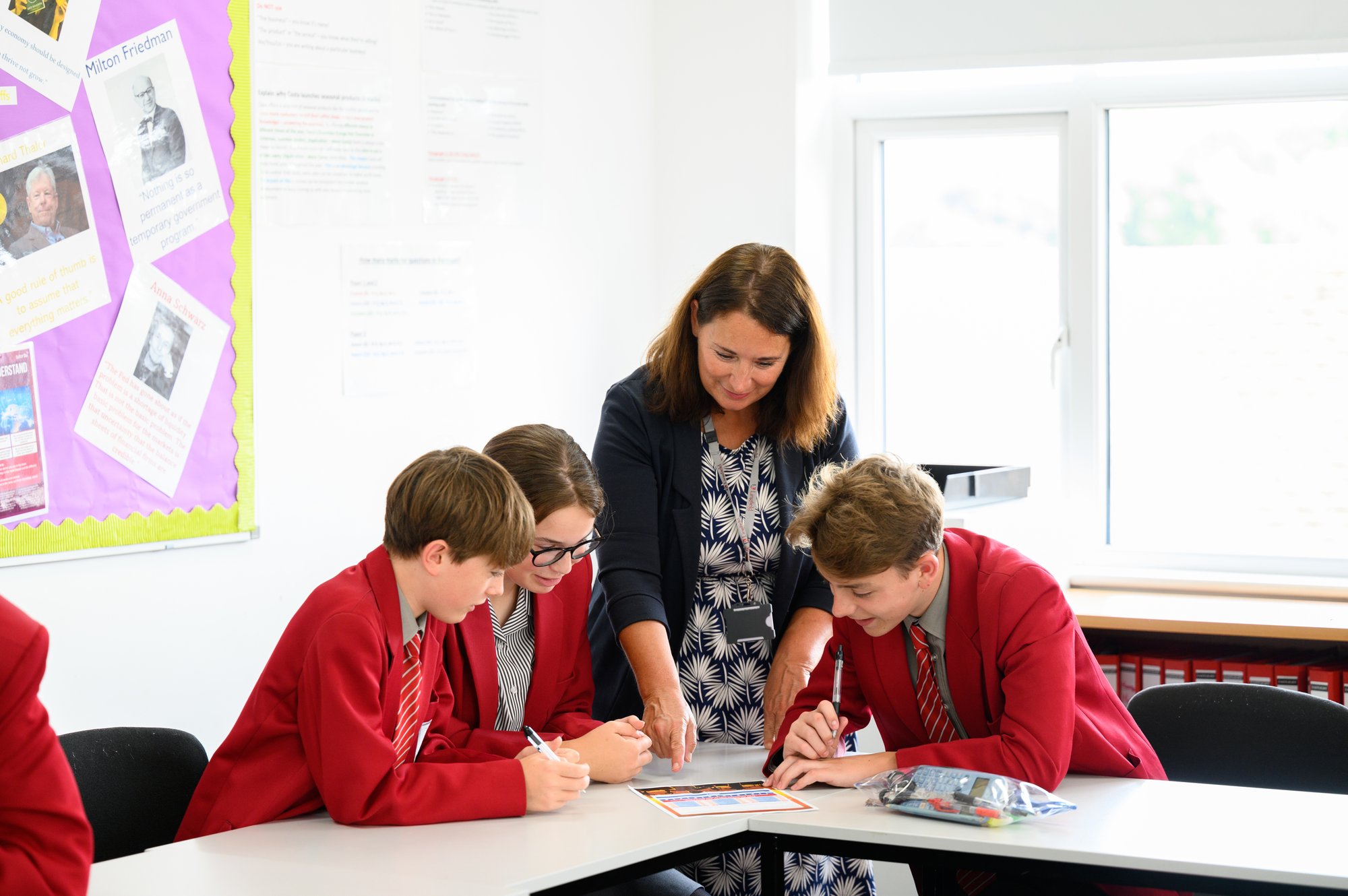Introduction
In the second of our blogs on the recently published Ofsted English Subject Report: Telling the Story, we consider the role of spoken language in the classroom, which is an area of the curriculum the report concludes is ‘less effective’ than, for example, reading. According to the report, a number of schools do not have a spoken language curriculum, and many teachers do not know how to teach the conventions of spoken language, such as how pupils should adapt their speech to different situations. In addition, pupils do not always have the knowledge they need to talk about specific topics when asked to do so.
The case for greater emphasis on spoken language skills
In recent years, the importance of spoken language in the classroom has been the subject of several studies and reports. 2016 Voice 21 published its report, The State of Speaking in our Schools. A few years later, in 2021, Speak for Change was published by the Oracy All-Party Parliamentary Group. One contributor to this report suggested that the comparatively low emphasis on talk in the National Curriculum reduces the ‘licence’ for classroom talk. The UK Literacy Association (UKLA) agreed, saying the relatively low status of spoken language in England is related to the high-stakes accountability system, which focuses on reading and writing.
The Speak for Change report concluded that, among other benefits, oracy leads to better pupil outcomes, helps tackle social disadvantage's impact, and contributes positively to pupil wellbeing. Whilst we would not want to see increased pressure on pupils or teachers, with the introduction of formal testing of spoken language, in order to place greater emphasis on spoken language in the classroom, a shift in thinking may be required.
Developing a curriculum for spoken language
The Ofsted English Subject Report stated that many schools do not have a curriculum for spoken language. The National Curriculum includes several objectives for spoken language, but these are not broken down into specific year groups; they are broad statements. Indeed, many of them, for example, ask relevant questions to extend their understanding and knowledge and use relevant strategies to build their vocabulary, which will span most, if not all, year groups.
In designing a curriculum for spoken language, a useful starting point might be a publication in which the spoken language curriculum has been broken down and expanded across the year groups, great examples can be found here:
Progression in Spoken Language - Primary English Education Consultancy
Having established the objectives for each year group, would be to consider how some of these will be addressed within the classroom. In part, this will be done by ensuring many opportunities for discussion, for pupils to ask questions, extend their vocabulary, and interact with the teacher and their peers. However, specific spoken language tasks could also be built into the curriculum – creating and presenting a talk to the rest of the class, preparing a speech for a debate, preparing a play to perform to an audience, and drama activities such as conscience alley and hot seating. As part of the preparation for these tasks, the features and form of these specific examples of spoken language and how spoken language will differ depending on the situation could be discussed. The differences between spoken and written language are also worth debating.
Practical ideas for developing spoken language
Here are some simple suggestions for encouraging spoken language in the classroom in a range of curriculum areas:
- Improvised conversations – Jack and his mother when she asks him to take the cow to the market, Lucy when she returns from Narnia the first time, asking a parent for more pocket money, team talk at half-time in a sports match – the opportunities are endless!
- Retelling a story or part of a story – perhaps from a different viewpoint
- And/but the game – create a sentence using ‘And’ and ‘But’. I like lettuce and cucumber, but I don’t like beetroot. Raspberries and strawberries are red, but gooseberries are green
- Just a minute – they talk for one minute on a random topic without hesitation, deviation or repetition
- Fortunately/unfortunately – someone starts off with a statement, for example, I went to play football yesterday. The next person follows on with a sentence starting. Unfortunately, the training was cancelled. A third person starts their sentence with Fortunately,… and so it continues
- Hot seating – a fictional character or character from history. One takes the ‘hot seat’ and responds to questions in character. Others ask appropriate questions
- Snowballing - Children are organised to discuss something or to investigate an issue in pairs. The pairs then join another pair to form a group and share their findings. The small groups then join together to make a larger one
Summary
Spoken language is an important but frequently neglected aspect of the curriculum. Take time to reflect on the status of spoken language in your school – are pupils given lots of opportunities to talk, and are they specifically taught the skills they need in order to do so effectively? What steps must you take to ensure spoken language is a strength within your school?
Elevate classroom communication
Enhance your teaching skills by joining our CPD course, Developing Spoken Language in the Classroom or email training@junipereducation.org to discuss your training and consultancy needs.
You can also read Part 1 of this blog series here.


/Primary%20school%20.jpg?width=2000&name=Primary%20school%20.jpg)








.png?width=940&height=788&name=Lingfield%20College%20Case%20Study%20(5).png)
-1.png?width=1000&height=833&name=National%20Association%20of%20Head%20Teachers%20(3)-1.png)
-3.png?width=1080&height=1080&name=Untitled%20design%20(10)-3.png)






